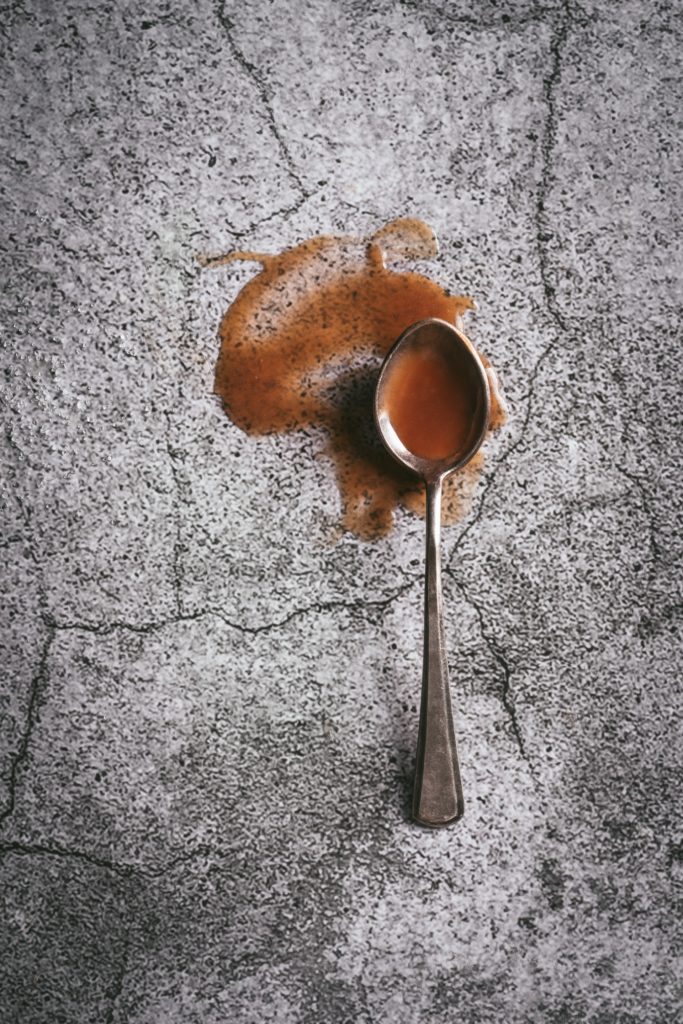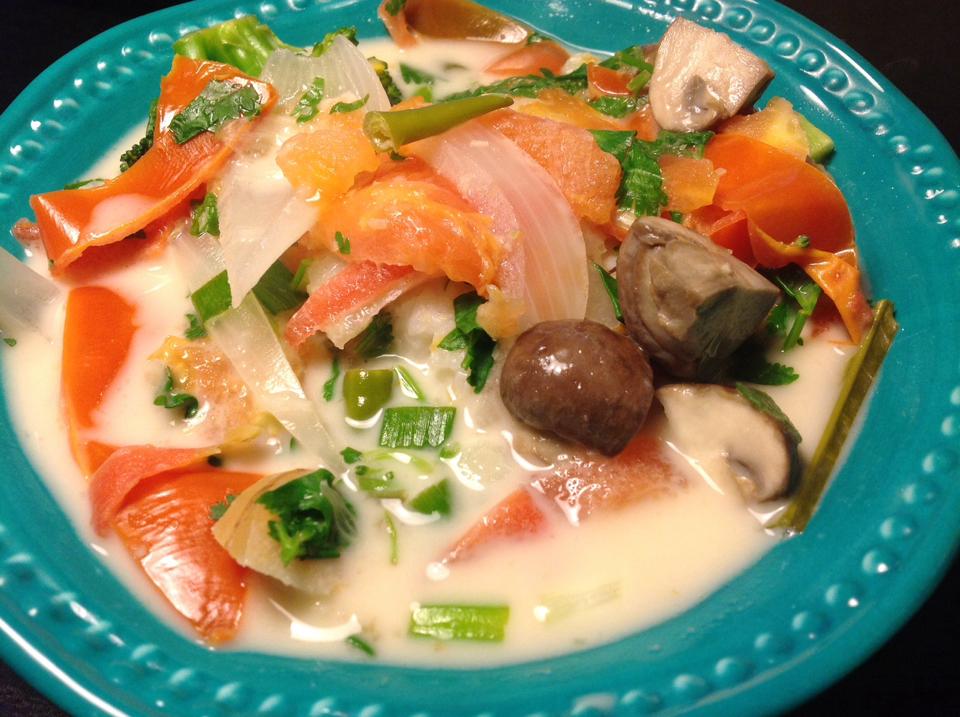The key to a truly ravishing salad lies in the dressing that you top it with. Even the most vibrant mixing bowl salad is lacking without an equally delicious dressing to accompany it. In a sense, a salad and a dressing are like a power couple that bring out the best components in one another. The best dressing is one that adds the right kind of oomph to the veggies in your salad while also packing ingredients that will nourish your body.
Many of the dressings on store shelves are filled with an inflammatory cocktail of heavily processed oils, preservatives, and high fructose corn syrup. The brands that go out of their way to omit such questionable ingredients from their dressings are often over-priced. By making a dressing at home, you gain full control over what goes into your dressing without paying top dollar for a brand name dressing.

That being said, the prospect of making a dressing at home can seem a bit intimidating. Between trying to decide what goes into your dressing and switching ingredients up to keep things interesting, it is easy to throw your hands up in the air and default to oil and vinegar for less of a headache. This is why it comes in handy to have a framework to fall back on for such moments of dressing ennui.
Generally, there are four basic components that go into any good dressing. The formula goes like this:
Fat + Citrus/Vinegar + Seasoning + Liquid
These components provide you with a solid foundation that can be further built upon and played with to meet your taste buds where they are at on any given day.
Fat
This is the base of your dressing—the component that holds everything together. Fat gets bonus points for being the component that satiates you and helps your body to better absorb the fat-soluble nutrients in your salad. Here you can use anything from tahini, peanut butter, avocado, and coconut milk for creamier dressings to olive oil, sesame oil, and avocado oil for lighter dressings.
Citrus/Vinegar
Citrus and vinegar add a welcome zing to your dressing and work to accentuate the flavor of the other components. Apple cider vinegar, balsamic vinegar, rice vinegar, lemon juice, lime juice, and orange juice are ingredients that can be used here.
Seasoning
This is where the herbs and spices come into play. The range of seasonings that you can add are limitless—don’t hesitate to get creative and experiment with different additions. Here are some possibilities of different seasonings you can include here: minced garlic, turmeric, ginger, basil, mint, oregano, chives, miso paste, Dijon mustard, maple syrup, jalapeño, seaweed, red pepper flakes, salt, pepper, etc.
Liquid
This is where you get to play around with the consistency and texture of your dressing. Lighter, vinaigrette dressings made with an oil base often do not need any liquid add-ins, so this component is primarily applicable for dressings with a thicker base like tahini, avocado and other nut butters. Here you can incorporate water to make a thick dressing more pour-able, a nut milk to complement a creamy dressing or a combination of water and tamari for an umami effect.
With this basic premise in mind, one can mix and match these components to create a distinct flavor profile. I have found that this formula gives me the structure necessary to create a salad dressing that will consistently deliver yet it also grants me freedom to be creative and switch things up whenever I get tired of one flavor combo.
My favorite tahini dressing—the four components in action

This tahini dressing is a staple that I use for salads, nourish bowls and as a dipping sauce for sweet potato fries. At its base are the four components mentioned above: fat (tahini), citrus (lemon juice), seasoning (garlic, pink Himalayan salt and nutritional yeast) and liquid (water and coconut aminos).
2 tablespoons tahini
1 tablespoon coconut aminos
1 tablespoon water
1 garlic clove, minced
1/2 lemon, juiced
A pinch of pink Himalayan salt
Nutritional yeast to taste
Directions
Stir together tahini, coconut aminos and lemon with a fork.
Blend in minced garlic, pink Himalayan salt and nutritional yeast.
Gradually pour in water while stirring until you reach your preferred consistency.
Enjoy!
Champagne Vinaigrette

This champagne vinaigrette is a light, slightly tangy dressing that makes a nice addition to any salad.
2 tablespoons champagne vinegar
6 tablespoons extra virgin olive oil
1 garlic clove, minced
1 teaspoon Dijon mustard
1/2 teaspoon tarragon
Salt and pepper to taste
Directions
Combine all of the ingredients in a small bowl or mason jar and whisk or shake to combine.
Orange Chili Vinaigrette

This dressing packs a bit of a kick and pairs well with Asian-inspired dishes.
1/3 cup orange habanero peppers
1 and 1/2 cups extra virgin olive oil
1 garlic clove
1 tsp chili paste
1/4 tsp Dijon mustard
1/2 lime, juiced
Directions
Combine all of the ingredients in a blender and blend until smooth.
Store in an air tight container in the fridge for up to one week.
Also by Amanda: I’ve Been Eating A Salad Every Day For The Past 4 Years—Here’s What Happened
Get more like this—Sign up for our daily inspirational newsletter for exclusive content!
__
Photo: Jonathan Borba, Mariana Medvedeva, Joanna Kosinska and Dovile Ramoskaite via Unsplash




